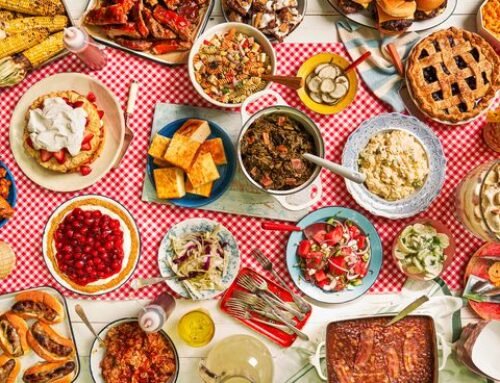Breakfast in Italy is not just a meal; it’s a celebration of flavors, traditions, and community. From the bustling cafes of Rome to the quaint villages of Tuscany, Italian breakfast foods reflect the country’s diverse culinary heritage. In this article, we embark on a gastronomic journey through Italy’s morning delights, exploring the history, ingredients, and cultural significance of Italian breakfast cuisine.
The History of Italian Breakfast Foods:
To understand Italian breakfast foods, we must delve into their historical roots. Traditionally, breakfast in Italy was a simple affair, consisting of bread, olive oil, and perhaps a piece of fruit. However, as Italy’s culinary landscape evolved over the centuries, so too did its breakfast offerings. The introduction of coffee in the 16th century revolutionized Italian breakfast culture, leading to the rise of the iconic espresso and cappuccino.
Italian Breakfast Foods Staples:
No discussion of Italian breakfast foods would be complete without mentioning some of its most beloved staples. From freshly baked pastries to savory frittatas, Italian breakfasts offer something for every palate. We explore the origins of classics like cornetto (the Italian croissant), bomboloni (filled doughnuts), and pane e Nutella (bread with Nutella), tracing their evolution from humble beginnings to culinary icons.
Regional Variations:
One of the most fascinating aspects of Italian breakfast cuisine is its regional diversity. Each Italian region boasts its own unique breakfast traditions, influenced by local ingredients, culture, and history. We take a culinary tour of Italy, exploring the breakfast delights of Lombardy, Sicily, Campania, and beyond. From the hearty polenta of the north to the sweet cannoli of the south, Italian breakfasts offer a tantalizing glimpse into the country’s rich culinary tapestry.
The Role of Coffee:
Coffee is the lifeblood of Italian breakfast culture, serving as the perfect accompaniment to morning pastries and treats. We examine the art of Italian coffee-making, from the traditional moka pot to the sleek espresso machines found in cafes across Italy. We also delve into the etiquette of ordering coffee in Italy, exploring the rituals and customs that surround this beloved beverage.
Health and Wellness:
While Italian breakfast foods are undeniably delicious, they can also be nutritious and healthful. We highlight the health benefits of key ingredients like olive oil, whole grains, and fresh fruits, showcasing how Italian breakfasts can be both indulgent and wholesome. We also offer tips for creating balanced breakfasts that provide sustained energy and nourishment throughout the day.
Bringing Italy Home:
For those unable to travel to Italy, bringing the flavors of Italian breakfast cuisine home is easier than ever. We share authentic Italian recipes for classic breakfast dishes, allowing readers to recreate the magic of an Italian breakfast in their own kitchen. From homemade croissants to fluffy ricotta pancakes, these recipes capture the essence of Italian breakfast culture and tradition.
Conclusion:
Italian breakfast foods are a celebration of flavor, tradition, and community. Whether enjoyed in a bustling cafe in Rome or at home with family and friends, Italian breakfasts offer a delicious glimpse into the country’s rich culinary heritage. By exploring the history, ingredients, and regional variations of Italian breakfast cuisine, we gain a deeper appreciation for the art of breakfast in Italy. So pour yourself a cup of espresso, savor a freshly baked cornetto, and let the flavors of Italy transport you to a morning paradise. Buon appetito!
FAQS
What is the typical Italian breakfast?
The typical Italian breakfast is a delightful affair, often consisting of freshly baked pastries such as cornetto (similar to a croissant), paired with a strong espresso or cappuccino. It’s a simple yet satisfying start to the day, showcasing Italy’s love for rich flavors and quality ingredients.








Leave A Comment